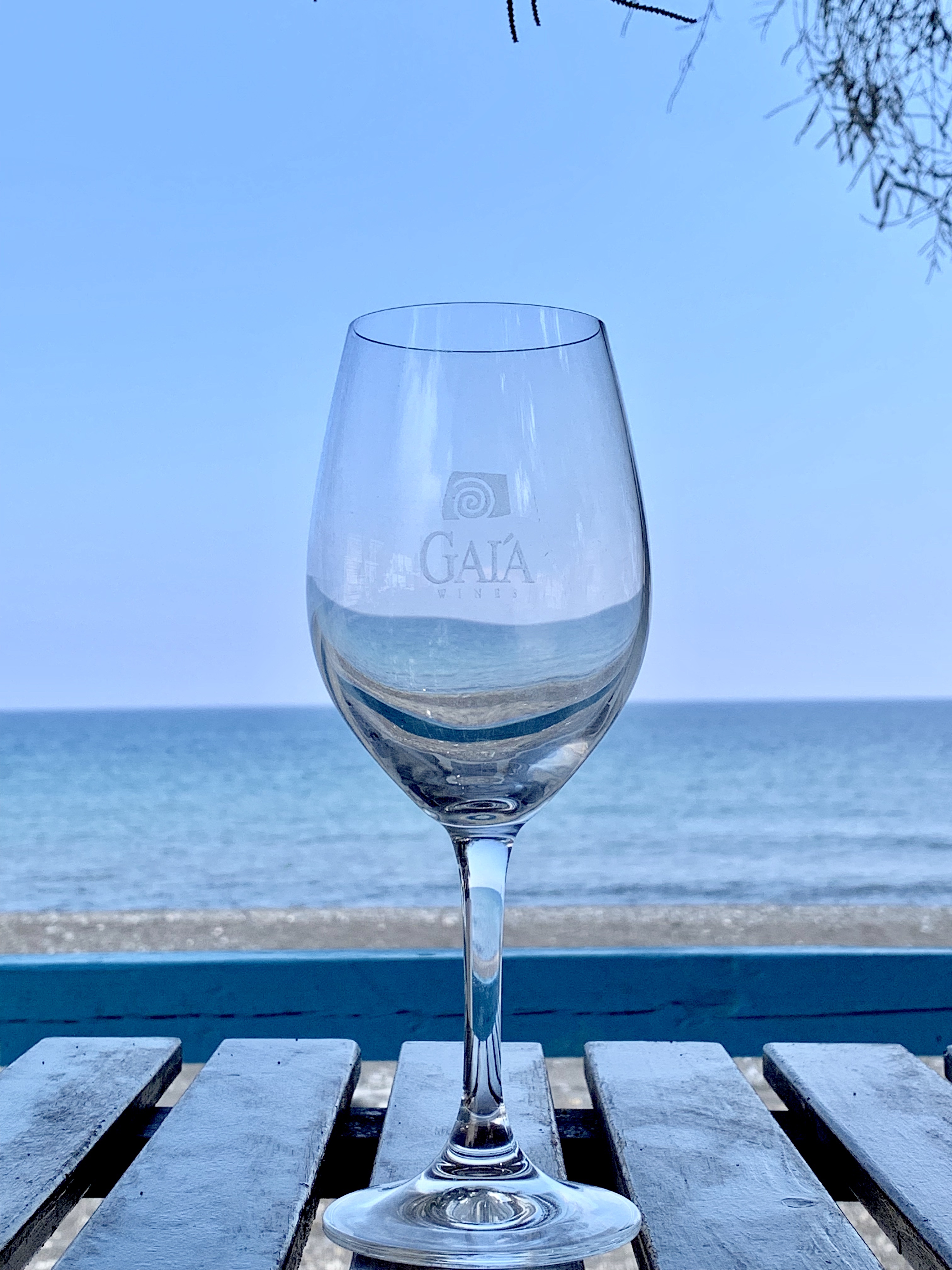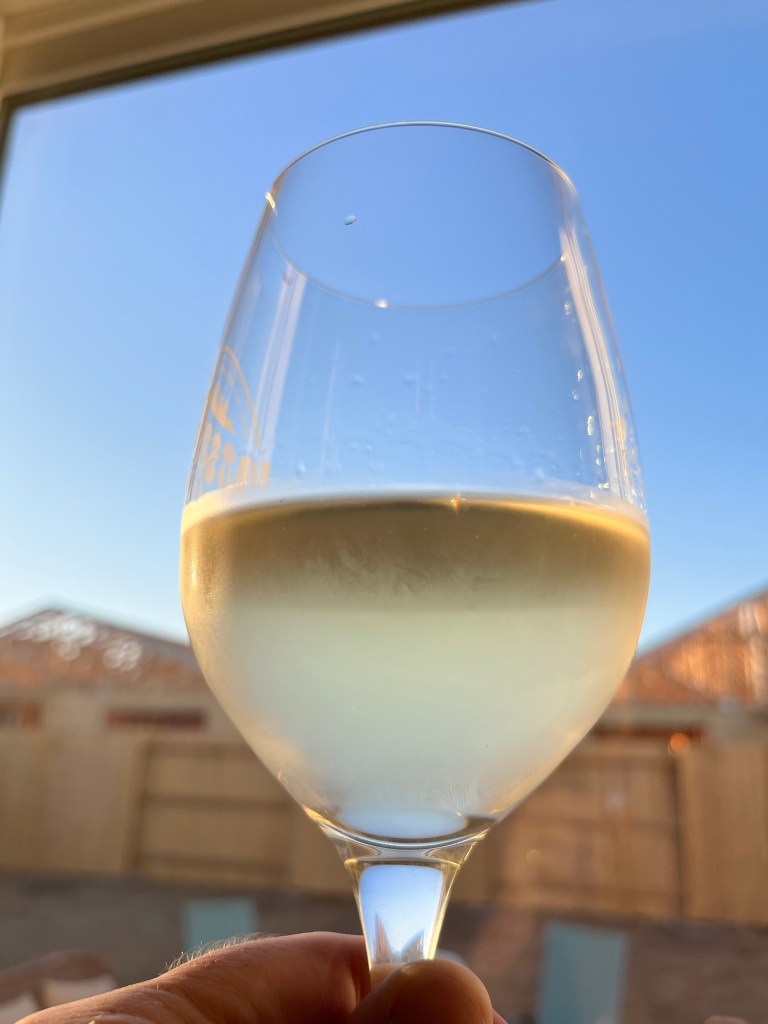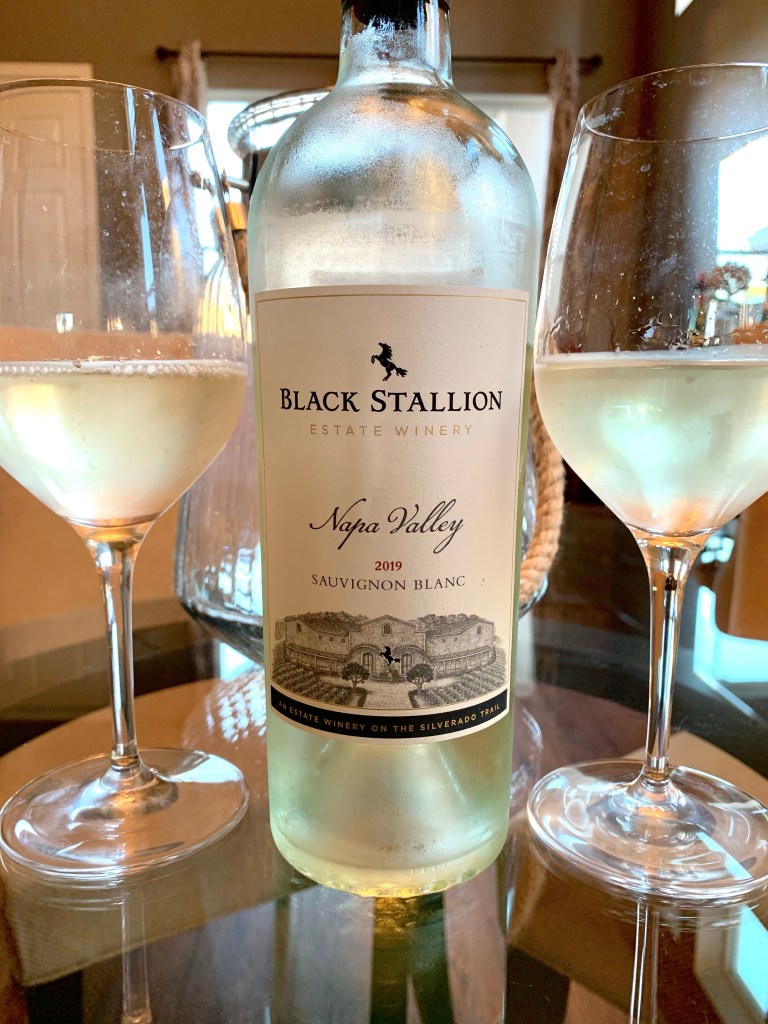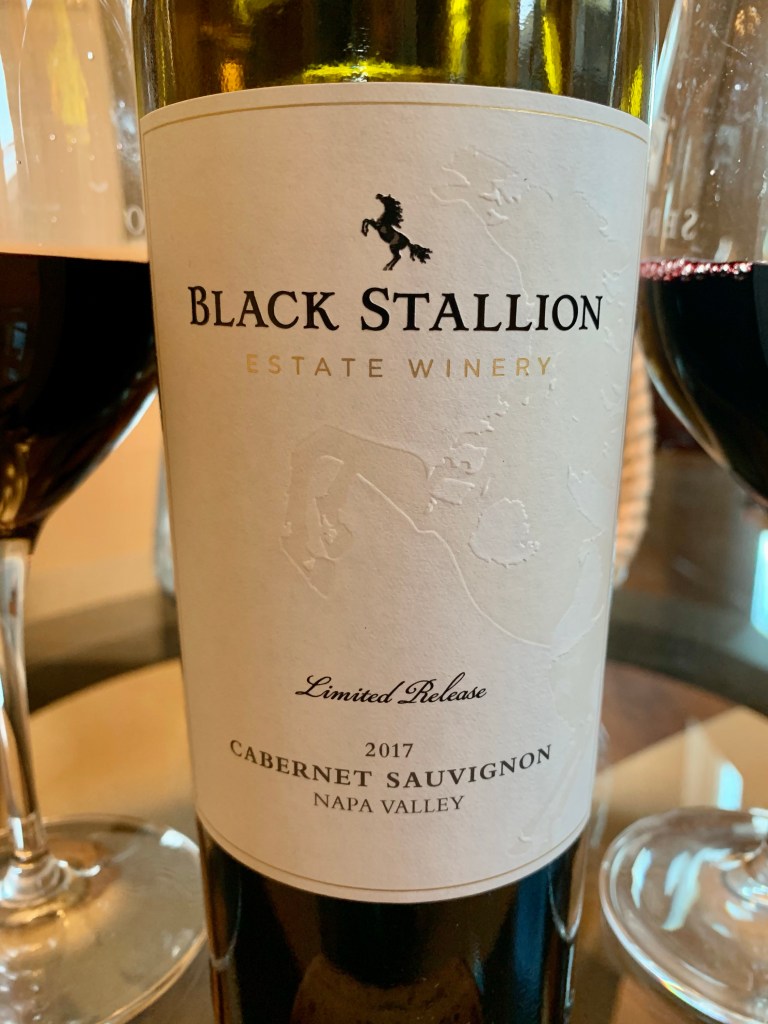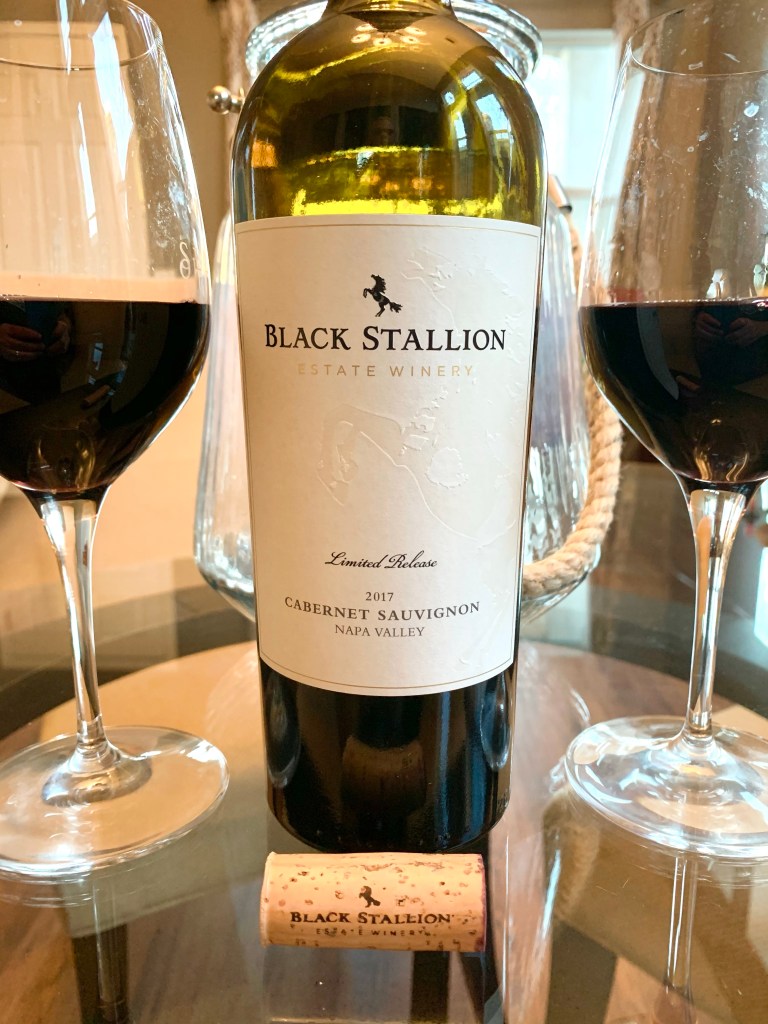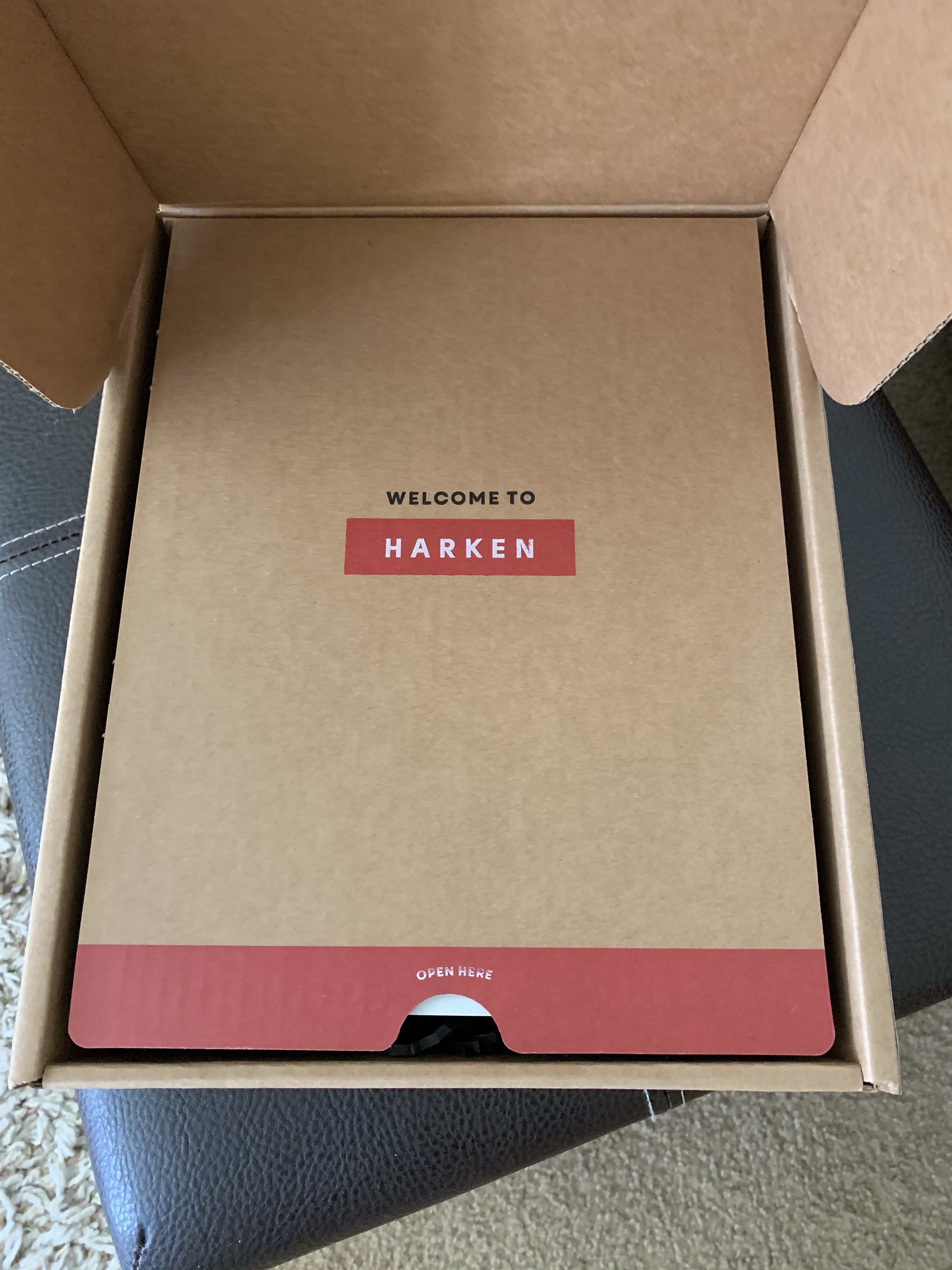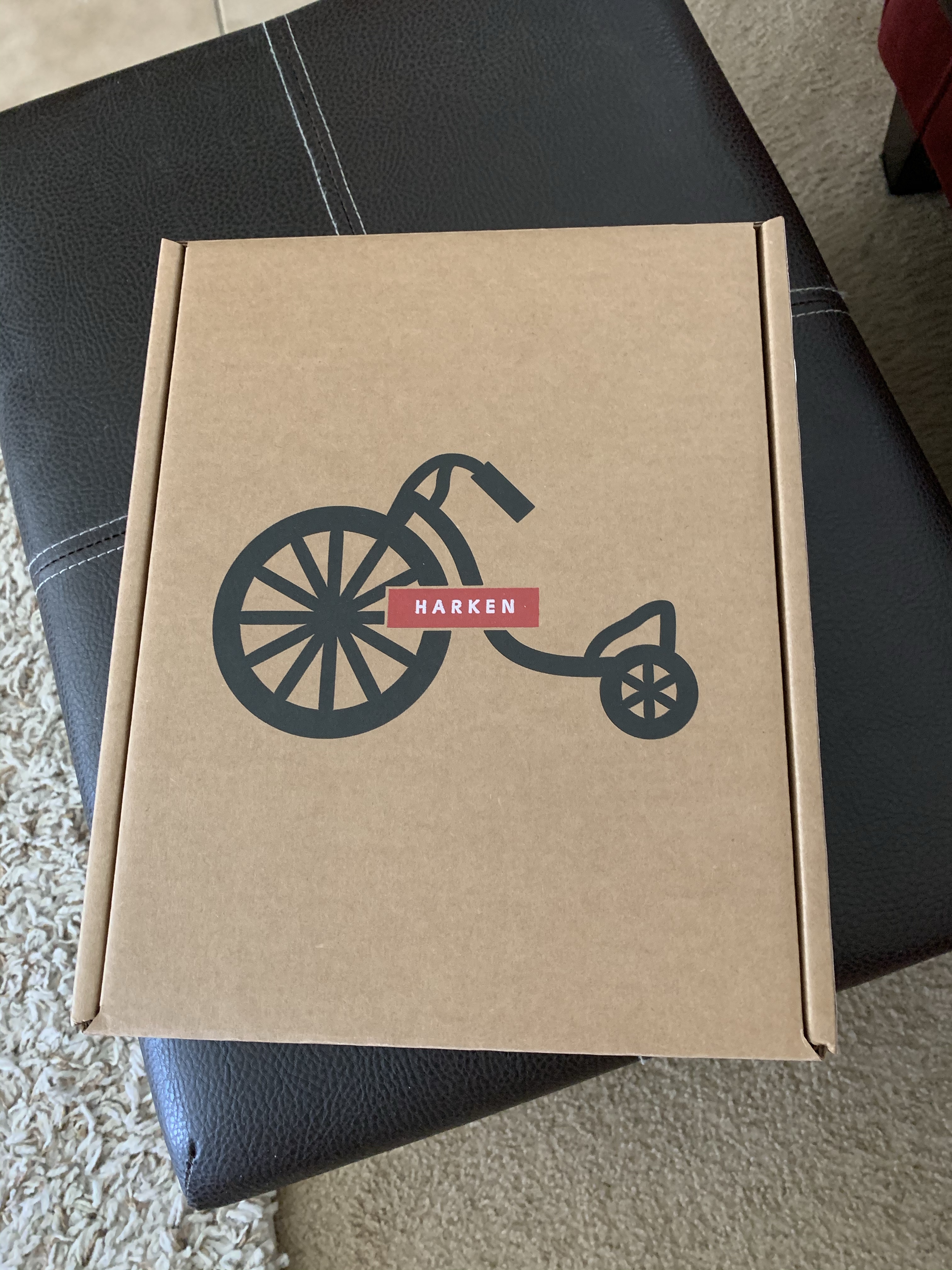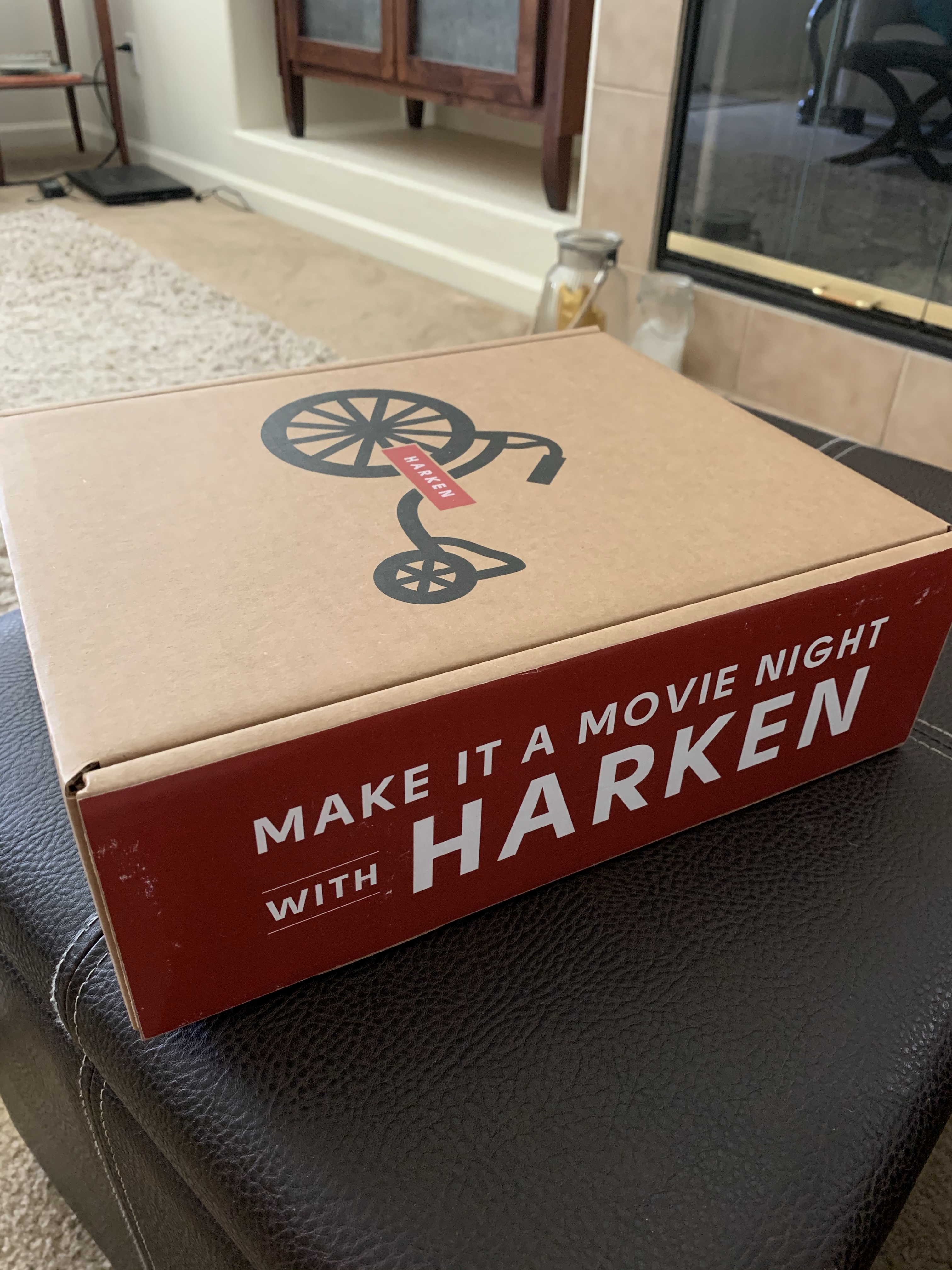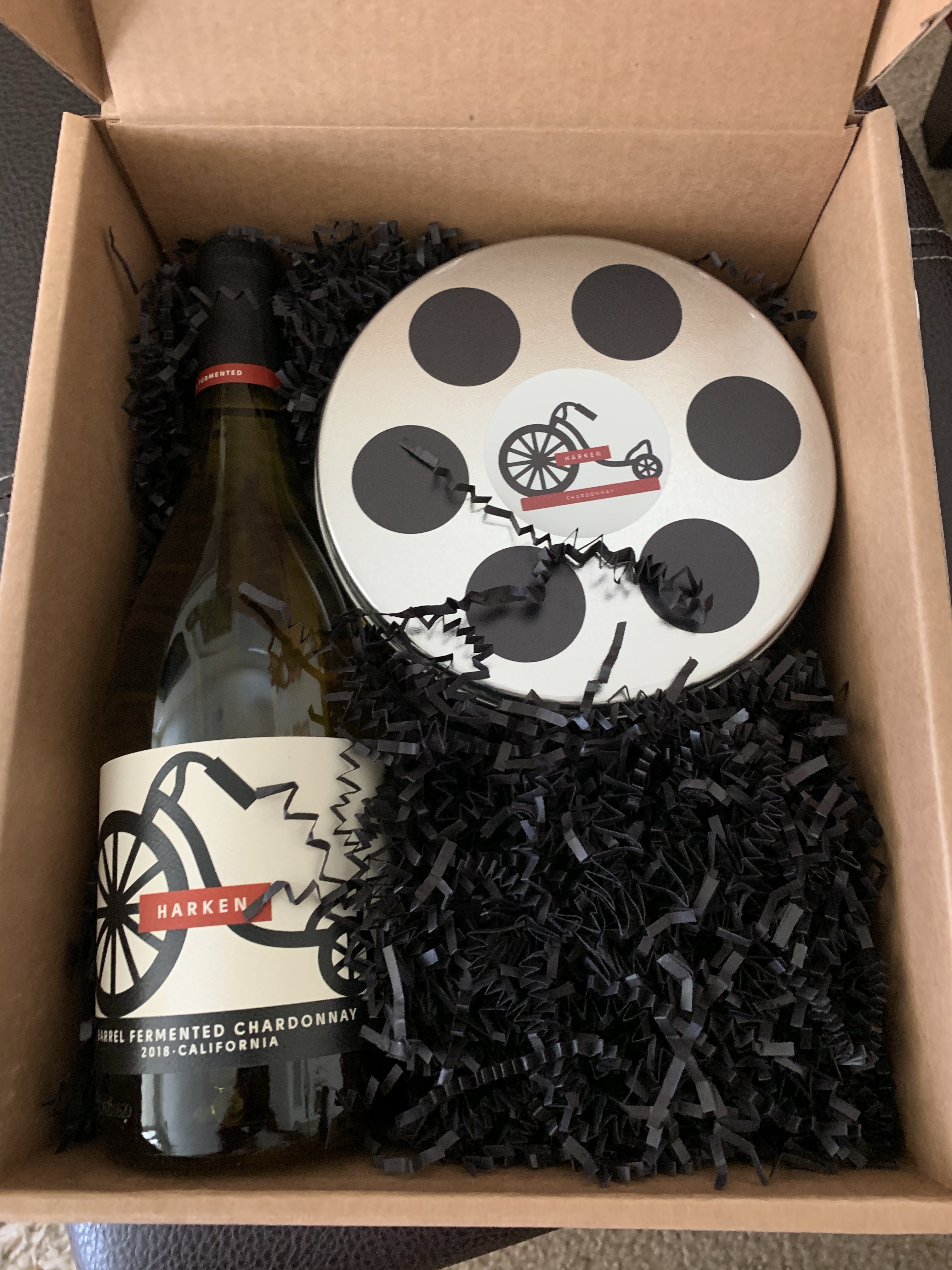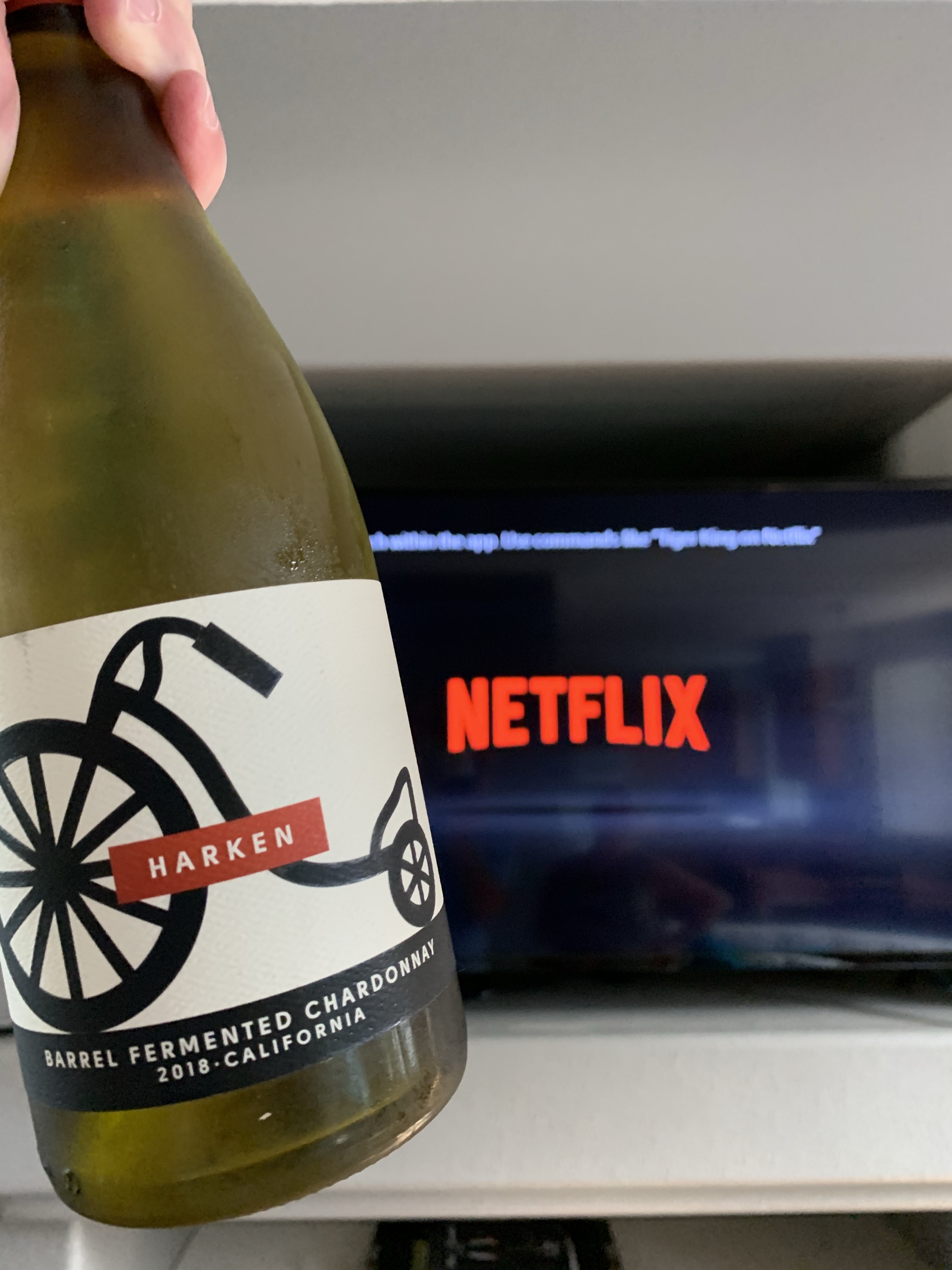We have been big fans of Amador County wines for a long time. Awhile back, we connected on Instagram (@appetite_for_wine) with @casinomineranch, a relative newcomer in the wine landscape of the Sierra Foothills. During our early online chatter, we expressed an interest in visiting. We learned that visits to Casino Mine Ranch are by appointment only. Alas, our frequent trips to the area are often spontaneous, so, embarrassingly, we went several months without scheduling a visit.
Thankfully, that negligence came to an end earlier this month. We were planning a trip to Amador County wine country, and Kent remembered Casino Mine Ranch. After a quick DM on Instagram, Chief of Staff Mackenzie Cecchi confirmed our reservation.
It was a lovely November day when we arrived at Casino Mine Ranch. Rather spring-like weather, in fact. (Sorry, not sorry to our East Coast family and friends.) Up a winding, nondescript driveway (even with GPS, we missed it and had to turn around), past Lola’s vineyard, until we saw Casey’s tree fort, and we knew we had arrived.
Mackenzie greeted us as we entered the house. Yes, house. Casino Mine Ranch’s current location is the owners’ second home. Mackenzie said they are in the planning stages of a tasting room down the road near some other tasting rooms, but for now, welcome to this beautiful home!
Mackenzie poured us our first taste. There would be eight total during the hour-long tour and tasting. The 2017 Vermentino. Simply stellar! Plenty of pineapple and citrus, with bracing acidity. Just the way we like it. If the Vermentino was any indication, we were in for a very special, and tasty hour. (Spoiler alert: the Vermentino was definitely an indication!)
All of the wines in Casino Mine Ranch’s portfolio are 100% estate fruit. The ranch is 60 acres, but currently there are only 14 acres under vine. However, they are planning to plant more vineyards so they can increase production.
The second tasting on the tour was the 2017 Grenache Blanc. Mackenzie said the 2016 wasn’t quite what they’d hoped for, and asked our opinion of the 2017. Ironically, Kent had taken a wine survey just the day before, and had to respond in the negative to the question: have you tasted a Grenache Blanc in the past six months. Timing, people. Timing is everything! And so is this Grenache Blanc. Straw color, aged in 30% new French oak, with flavors of apricot and peach, with hints of butter and caramel. Exquisite.

As we moved outside, and prepared to enter the mine, Mackenzie provided a history lesson. Casino Ranch Mine was founded in 1936 by Simone Shaw. Simone was born in Belgium, and with her family escaped the 1914 German invasion. Her father had a mining operation in Alaska, where Simone spent time in her younger days. Always stylish and worldly, Simone caught the eye of many a suitor. The family eventually moved to New York City, where Simone met Sam Shaw, Jr., hotelier and art patron. It was a match made in heaven, and the two were soon married.
As socialites, the Shaws spent time in San Francisco, Los Angeles, New York, and Paris. Somehow, they found their way to what was then the middle of nowhere…Amador County. (Let’s be real, Amador County may not be the middle of nowhere today, but it’s only just outside the border! We love it that way.) Simone bought the property, with the intention of mining for gold. Always the realist, she felt that striking it rich in gold mining was a gamble, hence the name: Casino Mine Ranch.
Simone’s instincts were right. Nothing more than a modicum of gold was discovered in their mine. However, what they did find was as precious as gold in the remote Sierra Foothills: water. Under the lava caps on the property were reserves of water. The Shaw’s excavated and dammed the springs, and even today they are used for irrigation on the ranch.
Into the mine we went. The water was located only a few yards beyond the entrance, so the tour does not go deep into the mine. Here, we tasted the 2018 Rosé, a blend of Grenache and Mourvèdre. Another exquisite wine. Three-for-three! Pale pink color, with flavors of strawberry and raspberry. Bone dry and zesty.
From the mine, we went back through the house, and downstairs to a beautiful cellar room. Here we tasted the 2017 Grenache Noir; 100% Grenache, aged in 30% new French oak. This wine recently received a score of 90 points from Wine Spectator magazine. A luscious, spicy wine, with bold red fruit and licorice notes. There was an ashtray on the counter, crafted from a bear claw. (Not the pastry, but an actual claw from an actual bear!) Mackenzie said legend has it, that Simone herself shot that bear!
Venturing outside through the back of the house, we made our way to the pool house. Pool house? Pool house. Not too many wineries have a pool and a pool house! But this was just the beginning. The two-story pool house is a home unto itself, complete with kitchen and entertainment. Upstairs there is a full-scale shuffleboard table, and down the spiral staircase to the lower level, you will find a pinball machine, video arcade game, and an air hockey table. In case you were wondering, as we were, the answer is yes. At wine club events, members have the opportunity to use these games!
Back outside and down a grassy hill, Mackenzie continued the family tale. Shortly after World War II, Sam passed away. Sam’s brother, Hollis Shaw, came to stay on the property to help the widow with the ranch. Hollis initially lived in one of the small mining shacks on the property. However, after some time, he moved into the main house. Not long after, Simone and Hollis were married.
During the 1960’s and 70’s, Simone’s grand-nephews, Rich, Jim, and Steve Marryman, would come to the ranch for visits. They were intrigued by their aunt, living in such a remote area but still being so glamorous, serving the children their meals off fine china, and dressing for dinner. In 1999, Rich Merryman bought Casino MIne Ranch.
In 2011, Rich called brother Jim to tell him he is going to plant a vineyard on the property and wanted to make wine. Jim thought Rich was crazy, though he eventually joined the venture. They hired winemaker Andy Erickson, and in 2015, produced their first vintage.
Mackenzie escorted us to a large, metal building at the bottom of the hill. She referred to it as the “midlife crisis building.” This, she said, was to be the Casino Mine Ranch winery production facility. However, their winemaking team is in Napa, and they didn’t want to have to come all the way out, almost to the border of nowhere, to produce the wine. With construction started, what is one to do with a massive building that now has no purpose? Turn it into an NBA regulation basketball court, of course!
Several NBA stars have visited the ranch to play on the court. In addition, college flags adorned the back wall. These are the alma mater of wine club members. Joining the club earns one the right to display their school’s flag. Guests on tour are invited to go downstairs onto the court to shoot some hoops, but we decided to stay topside and just watch.
Back up the hill to the house, and onto the patio with breathtaking views, where we enjoyed the rest of the wines. Next on the list was the 2017 Mourvèdre. Another 100% varietal wine, this medium bodied red has spicy red fruit, raspberry, cherry, and cranberry, with baking spice and a long finish.
The 2016 Simone, obviously named in honor Great Aunt Simone, is a blend of 52% Grenache and 48% Mourvèdre. This is a big, powerhouse of a wine, with red fruit and spice on the nose, and flavors of raspberry, bing cherry, baking spice, and mineral notes. Big, chewy tannins and bright acidity lead to a very long finish.
Next was the 2016 Tempranillo, one of only two non-Rhône style wines in the portfolio. This wine pours inky purple, and has flavors of blueberry, spice, and a bit of raspberry. The tannins are very soft and smooth, balanced with medium acidity.
The final wine on the tour was the 2016 Marcel. Wait, we sense another story here. Marcel Tiquet moved to Casino Mine Ranch after World War II. He was just 19 years old at the time. Marcel and his wife didn’t intend on staying long, but raised their family there and they loved the place so much, they just never moved away. Making a life here, Marcel became the heart and soul of Casino Mine Ranch. Sadly, Marcel passed away in September 2018, at the age of 93.
The wine in his honor is 80% Tempranillo and 20% Teroldego. Here is another big, bold red wine, worthy of such a man as Marcel. Inky purple color, with aromas and flavors of blueberry, raspberry, baking spice, and white pepper on the finish. Big, firm, chewy tannins mingle with medium acidity, leading to a long finish. This is a wine that wants a rib-eye or grilled lamb.
Alas, the tour was over. Nevertheless, we were so impressed with the wines, the story, and the property, that we decided to join the wine club. So, as they say…we’ll be back!
If you’d like to visit Casino Mine Ranch, and you know you do, you’ll need to make a reservation. You can do this on their website. They are open for guests Thursdays, Fridays, and Saturdays, with appointment times at 11 a.m., 1 p.m., and 3 p.m. When you go, tell them Robyn and Kent sent you!
Cheers!
- By Kent Reynolds and Robyn Raphael-Reynolds

